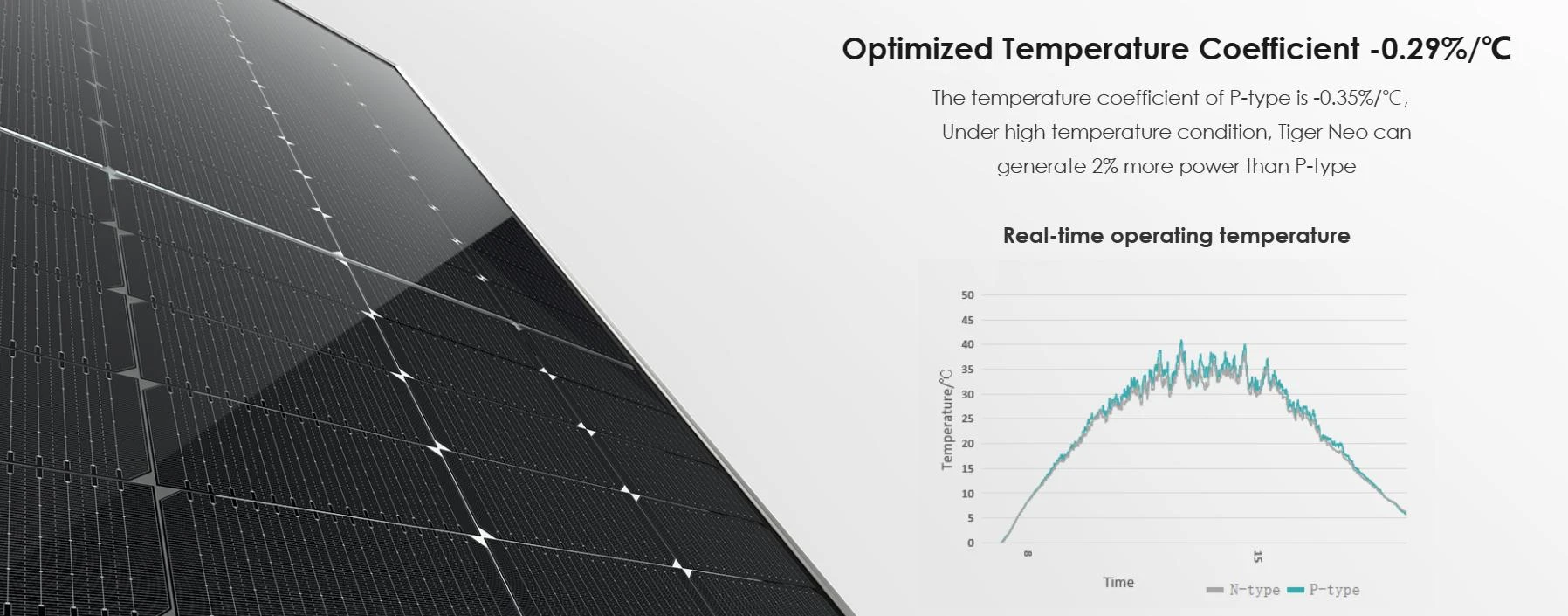dual sided solar panels
The Advantages of Dual-Sided Solar Panels
As the demand for renewable energy sources continues to rise, the solar power industry is witnessing remarkable innovations. Among these, dual-sided solar panels—also known as bifacial solar panels—are gaining traction as an efficient solution for maximizing energy capture. Unlike traditional solar panels that only absorb sunlight from one side, dual-sided panels can collect solar energy from both their front and rear surfaces. This unique design offers numerous advantages, making them an attractive option for both residential and commercial solar installations.
Enhanced Energy Efficiency
One of the most significant benefits of dual-sided solar panels is their improved energy efficiency. By harnessing sunlight from both sides, these panels can generate up to 20-30% more electricity than their monofacial counterparts, depending on environmental conditions. The rear side of a bifacial panel captures reflected sunlight from the ground, structures, or nearby landscapes, effectively doubling the potential for energy generation in many settings. This feature is particularly beneficial in areas with high albedo surfaces—such as snow, sand, or light-colored rooftops—that can reflect a substantial amount of solar radiation.
Greater Return on Investment
Investing in dual-sided solar panels can lead to a faster return on investment (ROI). Although the initial cost may be slightly higher than traditional panels, the increased energy output can significantly offset electricity bills and shorten payback periods. Moreover, with the global push towards sustainability, the value of solar installations is likely to rise, further benefitting homeowners and businesses alike. For commercial entities, the enhanced efficiency translates to higher energy savings and improved sustainability metrics, which can attract environmentally conscious consumers and investors.
Versatility in Installation
Dual-sided solar panels offer remarkable flexibility in installation. They can be effectively deployed in various configurations, including ground-mounted systems, rooftop applications, and solar carports. The ability to generate energy from multiple angles allows for strategic placement above reflective surfaces or in solar farms where additional energy capture is needed. Additionally, these panels can be installed at various tilt angles to optimize sunlight absorption based on geographical location and seasonal changes.
dual sided solar panels

Reduced Land Usage
In light of growing environmental concerns and limited space for solar farms, dual-sided panels present a solution by maximizing land use. When paired with ground-mounted installations that utilize reflective materials beneath the panels, dual-sided systems can produce higher energy yields without requiring additional land. This is particularly advantageous in urban environments where land is at a premium. By utilizing existing spaces, stakeholders can contribute to the global renewable energy movement without compromising essential habitats or agricultural land.
Low Maintenance Requirements
Dual-sided solar panels tend to have lower maintenance requirements compared to traditional panels. The durability of bifacial technology, combined with the absence of heavy protective glass on the rear side, minimizes the potential for damage. Furthermore, these panels typically come with extensive warranties, providing peace of mind for investors. Regular maintenance primarily involves cleaning the surface to remove dust and debris; however, this is often less frequent, given the reduced shading on the rear side.
Environmental Benefits
Utilizing dual-sided solar panels contributes positively to the environment by promoting cleaner energy generation. They help reduce reliance on fossil fuels, thereby lowering greenhouse gas emissions and combating climate change. As more individuals and businesses turn to dual-sided panels, we can anticipate a notable shift toward sustainable energy practices that benefit both local ecosystems and global environmental health.
Conclusion
In summary, dual-sided solar panels represent a significant advancement in solar technology with a myriad of advantages. Their ability to capture energy from both sides leads to enhanced efficiency, greater ROI, and versatile installation options, all while reducing land use and maintenance requirements. As we progress toward a more sustainable future, dual-sided solar panels will likely play a crucial role in harnessing solar energy more effectively, paving the way for cleaner, greener energy solutions for generations to come. Whether for residential setups or large-scale solar farms, the adoption of bifacial technology stands to make a meaningful impact in the fight against climate change and the quest for energy independence.
-
Unlocking Energy Freedom with the Off Grid Solar InverterNewsJun.06,2025
-
Unlock More Solar Power with a High-Efficiency Bifacial Solar PanelNewsJun.06,2025
-
Power Your Future with High-Efficiency Monocrystalline Solar PanelsNewsJun.06,2025
-
Next-Gen Solar Power Starts with Micro Solar InvertersNewsJun.06,2025
-
Harnessing Peak Efficiency with the On Grid Solar InverterNewsJun.06,2025
-
Discover Unmatched Efficiency with the Latest String Solar InverterNewsJun.06,2025







